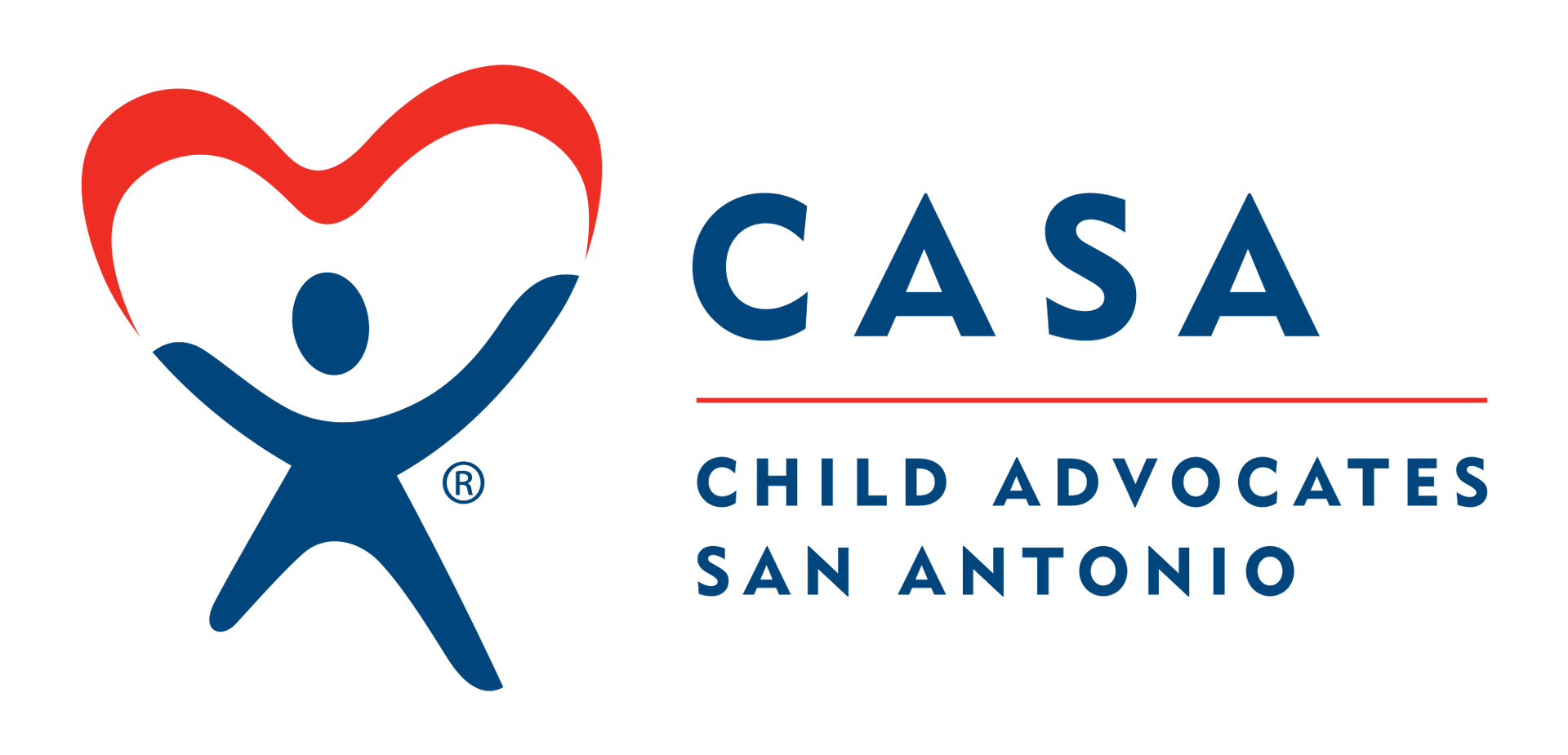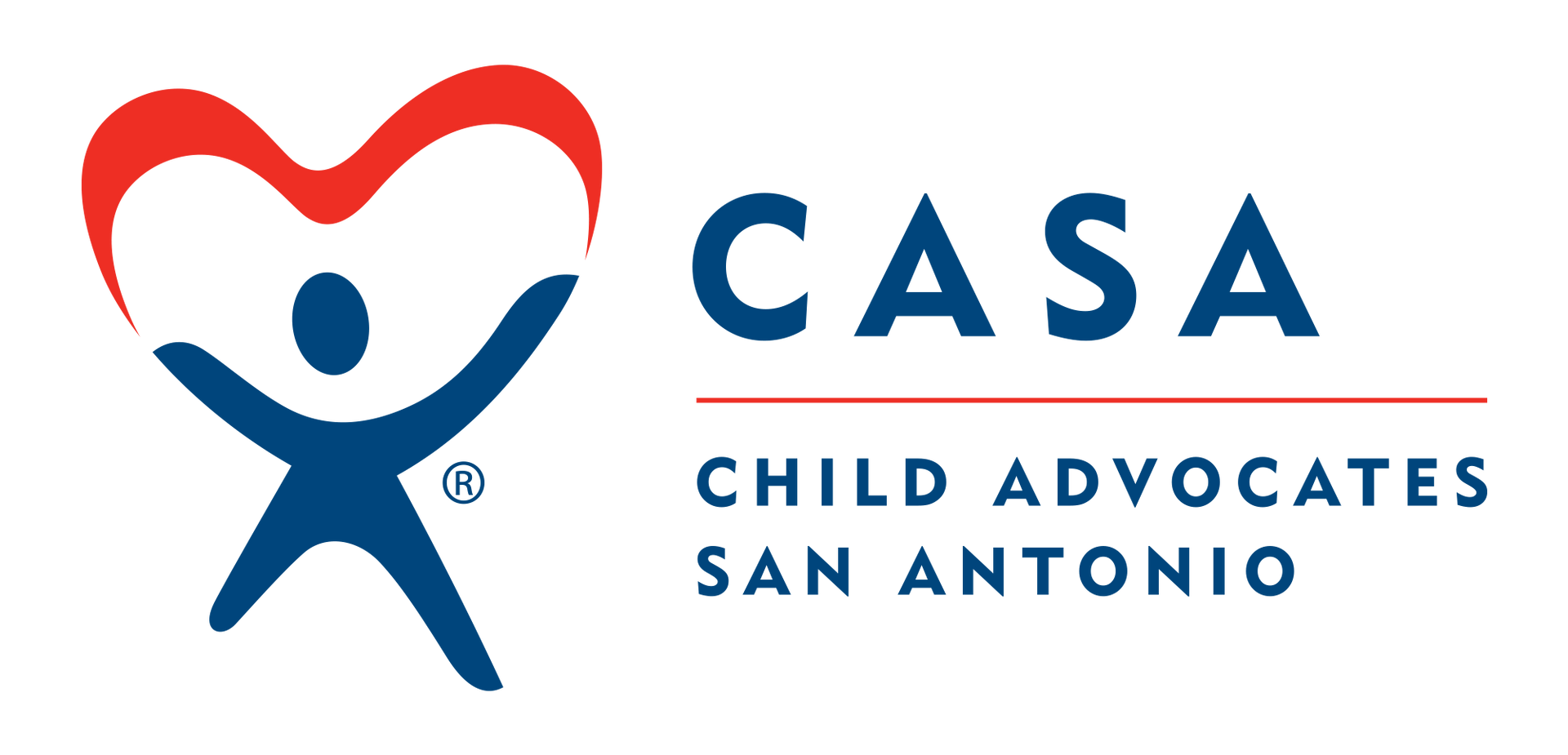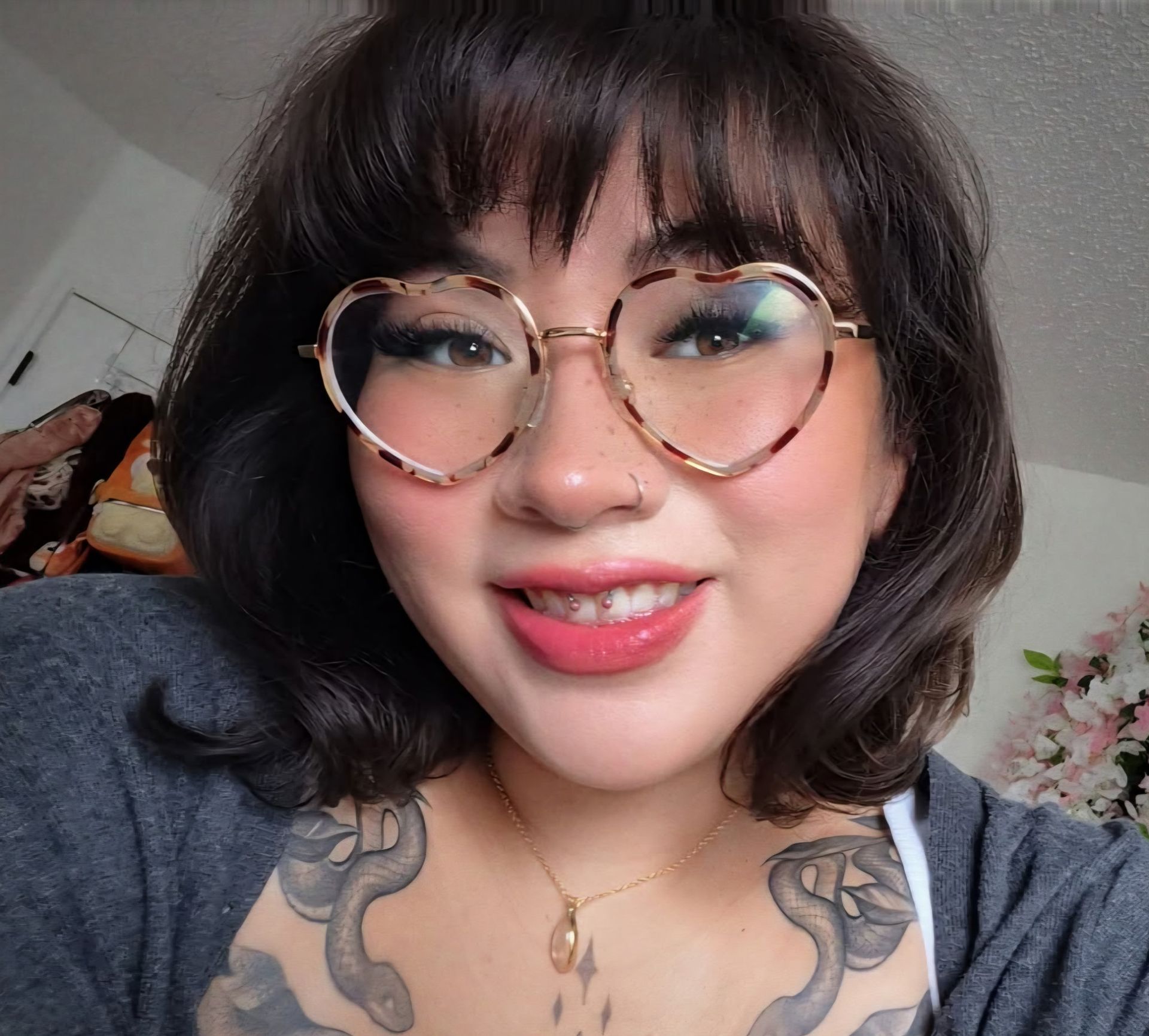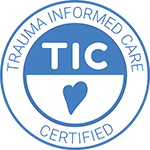Advocate Impact: Pat Bowlin
January CASA Advocate Spotlight
Written By: Pat's Advocate Supervisor
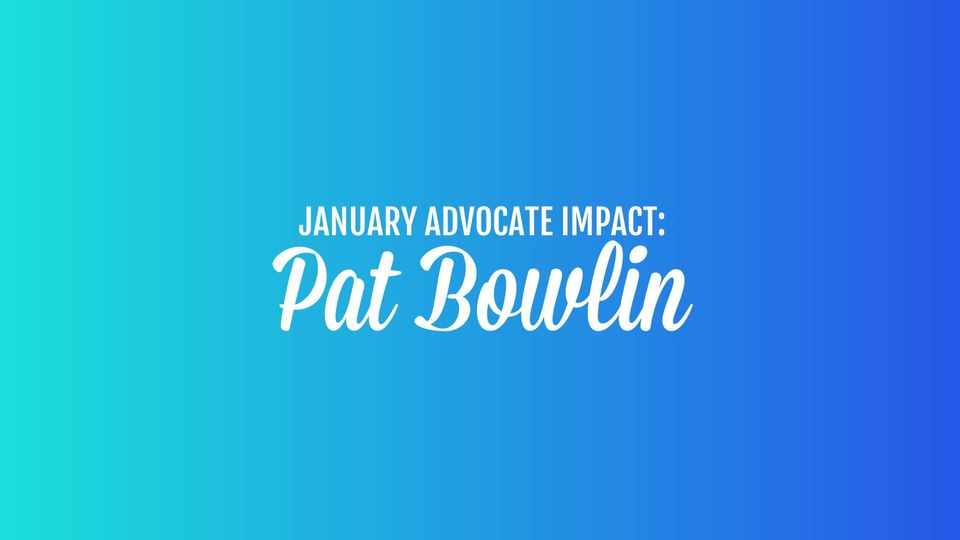
Pat Bowlin has been an Advocate with CASA for almost four years. She graduated from advocate training in May 2015, and eagerly signed onto her first case. Pat saw her first case through permanency while I was not yet her Supervisor, as I began working for this CASA program in Oct. 2016. I had heard from the previous supervisor that Pat was an excellent Advocate, so I called her up and asked if she was ready to take on a new case. Pat had taken some time off and stated she was ready to start speaking on behalf of children again. She chose two cases and is currently advocating for seven children altogether. The case I would like to highlight is a case with four children, two boys and two girls, ranging in ages from 3 to 13. The case started almost two years ago and is still open today!
Once Pat was sure the placements were a good fit for the children and they would be protective of them, even from unsupervised contact with their mother, she advocated for permanent placement with the adult siblings.
The children on this case came into CPS custody as a result of neglect, drug use and mental health concerns for the mother. The family has a long history with CPS and the children’s father is currently incarcerated. The children were first placed with their grandparents but after only a few weeks, the grandparents stated they could no longer care for them. The oldest child on the case was then placed at an RTC where he received trauma-based therapy to address issues of sexual abuse as a perpetrator. After trying to work with mom to get her the help she needed, she continued to test positive for illegal substances and was not addressing her mental illness. Mom was not consistent with visiting the children and this was affecting them negatively. She mentioned she had two older children who are now adults that might be able to take the children. After contacting them, they decided they would like to care for their younger siblings long-term. The girls were placed with one of the older siblings and the boys with the other. Pat visited often, providing guidance while ensuring the children were in a safe and loving environment. She checked in with mom occasionally to see how she was progressing as well. Ultimately, mom became pregnant again, and agreed that the best place for the children would be with their siblings. Once Pat was sure the placements were a good fit for the children and they would be protective of them, even from unsupervised contact with their mother, she advocated for permanent placement with the adult siblings. She was in agreement with all parties to have the older siblings become licensed to foster, so they could receive financial assistance and better provide for the children.
While it has taken one of the caretakers longer to become licensed due to personal issues, Pat constantly encourages her to not give up. Pat’s kind and loving nature has allowed her to establish a bond with the family. They know she genuinely cares and is concerned for their safety and well-being. Pat has been a strong support to this family; making life-changing impacts on this case. She takes the children on outings and assists at times with sibling visits, ensuring the children maintain a family connection.
Not only does Pat communicate with the children’s teachers, therapists, and the caseworker to ensure she is made aware of any issues or concerns, she also celebrates the progress the children make. Pat is continually looking for resources in the community to help the families out. Furthermore, anytime she has a question or concern, Pat will call me or the caseworker to try to resolve an issue or find the best solution to the situation. She is not afraid to speak up in court on the children’s behalf and has strongly voiced her opinion to all parties on the case over what she believes to be in the children’s best interest. In addition, Pat supports CASA’s vision and mission, inviting and recruiting friends and others in her community to learn more about CASA so they too can step up and speak on behalf of abused and neglected children.
Pat has been a strong support to this family; making life-changing impacts on this case. She takes the children on outings and assists at times with sibling visits, ensuring the children maintain a family connection.
Although the children in this case are not being reunited with their mother, they have achieved permanency with their adult siblings. It was decided through a court mediation that the adult siblings will have permanent custody of the children. Their mother was able to maintain possessory rights to her children and will be able to have contact with them under their caretaker’s supervision and protection. Pat has been a great blessing not only to this family, but to all the families she has advocated for. She has the perfect balance of compassion and courage. She is a mama bear when it comes to her CASA children. I am grateful for all she has done, not only for the children, but for me as her supervisor. Pat always keeps me informed of her cases, exceeds CASA’s minimum expectations as an Advocate, and attends trainings, meetings and cultivations regularly. Pat is a true example of an exemplary Advocate!

During their TMC case, Nanette was assigned to two young ladies who shared a deep and loving bond with their toddler brother, who had been removed under a separate case. Recognizing that these young ladies had taken on caretaker roles for their brother, Nan wanted their visits to be safe, joyful, and centered around sibling connection rather than responsibility. Understanding the importance of preserving this relationship, Nan amplified the girls’ voices and advocated for consistent, meaningful visits while separate permanency options were being explored. She collaborated closely with the younger brother’s adoptive placement, the girls’ group home, and later their foster placement to create opportunities for the siblings to spend quality time together. When Nan was later assigned to the younger brother’s case during PMC, she was finally able to personally ensure that all three children shared visits outside of the CPS office—providing natural, family-centered experiences that strengthened their bond. Despite the children being on different permanency tracks, living in three separate placements, and facing numerous setbacks, Nan’s commitment to maintaining their connection never wavered. Eventually, the youngest child was adopted. Thanks to the strong, trusting relationship Nan had built with his adoptive family, she was able to continue arranging sibling visits even after his adoption was finalized. Nan coordinated fun, family-oriented outings where the children could enjoy time together and simply be siblings. Soon after, the middle child was also adopted. Nan ensured that all siblings were present to celebrate these important milestones in each other’s lives. She continues to organize opportunities for the siblings to connect and advocates for the oldest youth, who plans to transition out of foster care when they are older. Nan’s focus has always been on the well-being of the children. Despite challenges and complex case dynamics, she remained steadfast in ensuring that the children’s needs and wishes guided every decision. Her dedication to preserving the sibling bond demonstrates her deep understanding of how essential family connection is to achieve true permanency and emotional stability.
